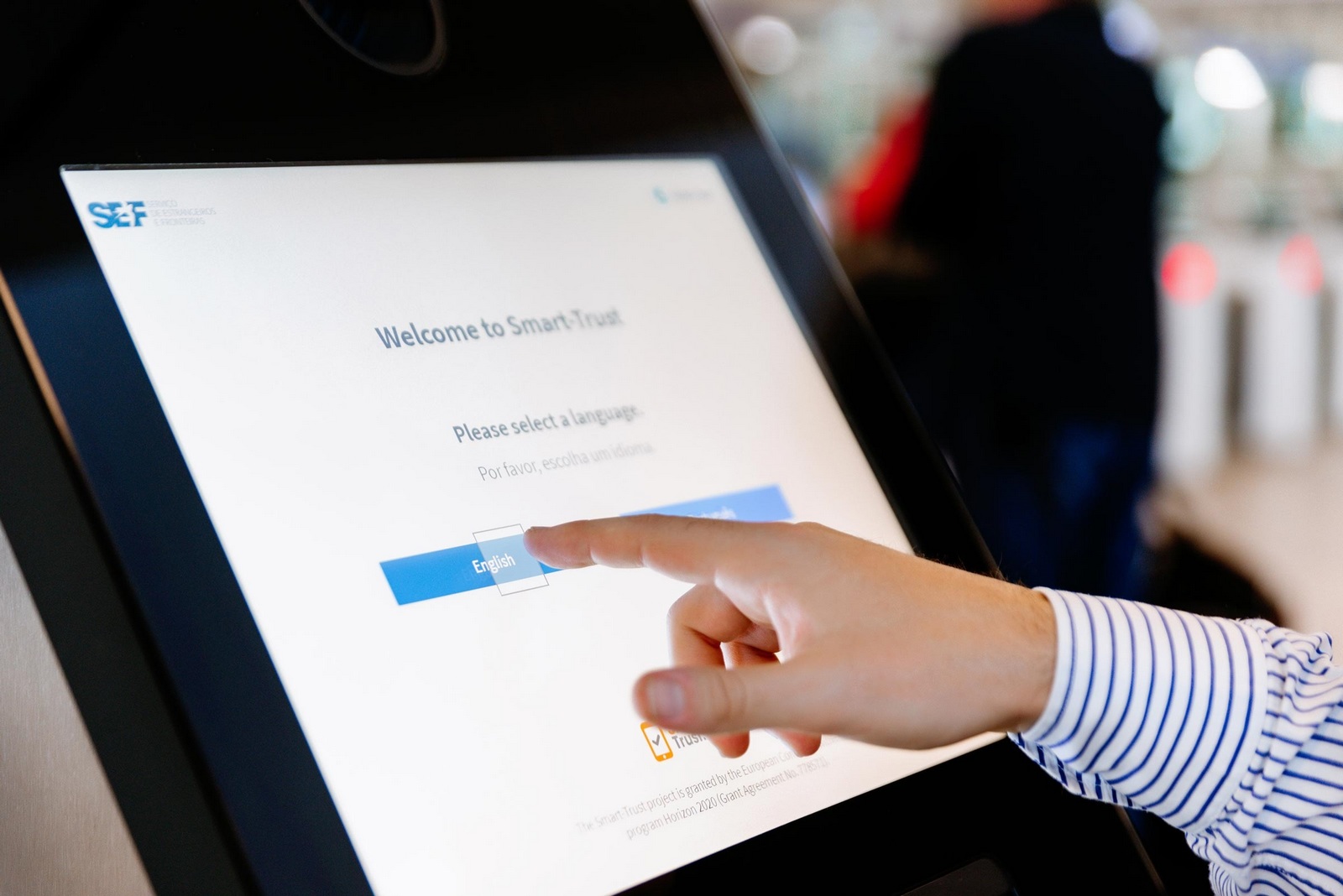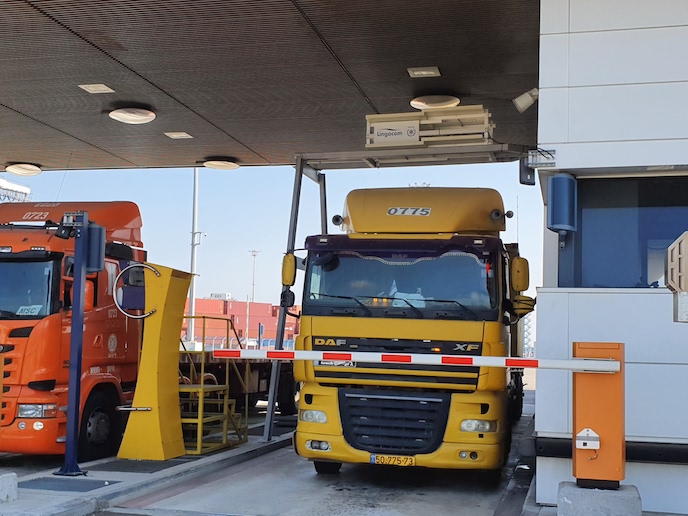Border entry made easier, faster and more secure thanks to pioneering biometric technology
The EU-funded Smart-Trust project introduced a new technology enabler called ‘Mobile ID’ to leverage digital ID and biometric identification. It provides a self-serve, smooth clearance process. “Where mobile technology has changed the way people communicate, Mobile ID goes one step further by transforming the way people identify themselves,” comments coordinator Elisabete Pires. “It creates an ecosystem enabling a hands-free digital ID authentication procedure that uses mobile devices to offer individuals, businesses and governments a complete paperless, contactless identification clearance option.”
Mobile ID biometric technology scores high marks
After assessing the business needs of governments, airports, airlines and border officials, project partners established requirements and defined key performance indicators for these target groups. They integrated Mobile ID into airport and border control infrastructure, with experiments designed to measure the system’s effectiveness in seamlessly identifying and clearing travellers. Face recognition was utilised as a test in a positive identification scenario at a typical airport setting with users who were unfamiliar with biometric identification procedures. The evaluation involved 6 275 transactions over a 40-day period. The results improved understanding of how individuals react to digital ID biometric verification on a user-friendly mobile platform that has not been widely adopted yet. The test pilot provided new insight into factors that affect the performance of established biometric technology that uses mobile devices and those that affect the travellers’ reactions to this technology. More specifically, they include how the image quality is impacted by environmental conditions, and how realistic acquisition scenarios affect the behaviour of individuals when being processed through digital biometric ID applications. In a satisfaction survey involving nearly 1 600 test subjects, 67 % considered the process very quick and 70 % easy to use, while 93 % were interested in using the solution on their phone next time they travelled. “These combined results demonstrate to the European Commission the general capability and traveller acceptance of biometric technology within a controlled environment,” notes Pires. “The outcomes will help in developing policy on biometric use at border control points and assist in assessing the applicability of Mobile ID and its potential benefits.”
Seamless experience for the connected traveller
Mobile ID offers an agile, modular and highly configurable, open architecture platform with several robust, versatile and scalable core components. It employs ‘Biometrics on the Move’ technology for a non-stop identification process by relying on digital ID electronic documents stored in individual mobile devices. It ensures that the personal data is secure with privacy-by-design protocol engineering that guarantees individual privacy. Mobile ID uses a highly secure biometric token to keep personal data private and confidential. Privacy-by-design only allows authorised actors to access the information they need, with permissions explicitly granted by the user. Together, these protocols enhance user privacy and reduce the likelihood of identity theft. “Mobile ID considerably speeds up the identification and clearance process, increases the reliability and trust levels of identity verification at European borders and enhances EU countries’ border security,” concludes Pires. Ultimately, Smart-Trust will contribute to reconciling security and user experience while improving both at the same time.
Keywords
Smart-Trust, biometric, Mobile ID, border, identification, digital ID, traveller, security, mobile devices, face recognition







